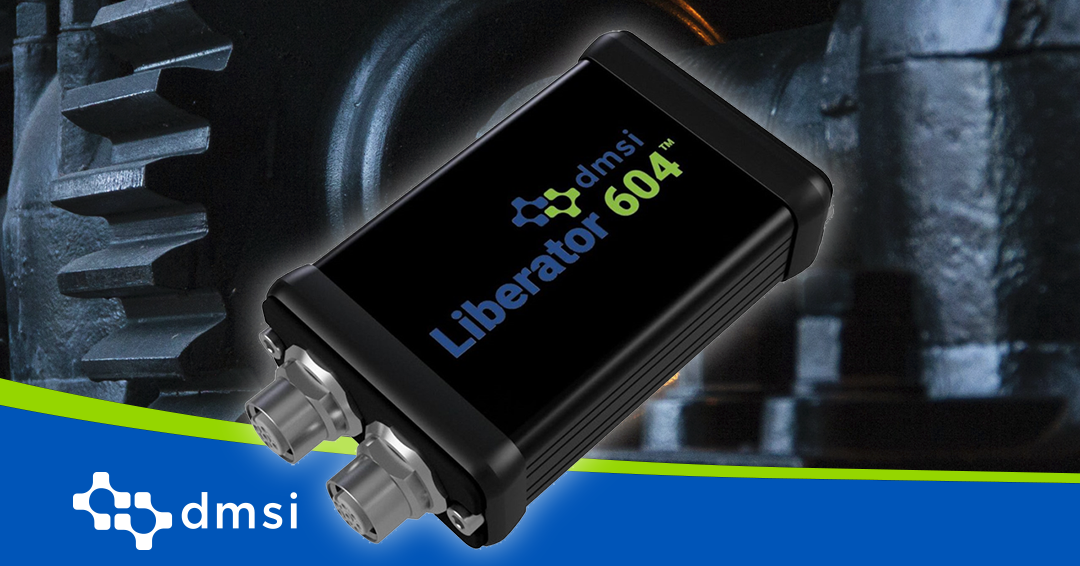Industry: Wastewater
Location: Central Florida, USA
Equipment Monitored: Positive Displacement Blower
Device Used: Liberator 604™
Technician: Certified Vibration Technician Level II
Case Study Author: Paul Dufresne
A local utility in Central Florida operates multiple water and wastewater plants, which in turn utilize several process water pumps critical to continuous operations. These pumps are exposed to fluctuating operating conditions and are historically prone to premature bearing failures, misalignment, and occasional cavitation.
In 2024, the company launched a predictive maintenance initiative to reduce unexpected equipment downtime and maintenance costs.
Their Objective
To detect early-stage mechanical issues in critical rotating equipment. Part of their strategy involved empowering technicians to perform frequent spot checks using handheld vibration meters as part of a condition-based maintenance program.
The Procedure
Step 1: Equipment Selection
The equipment selected to analyze for defects was a 250 HP, 1780 RPM motor and aeration blower that had shown past reliability issues, including a bearing failure six months prior. The unit was still under the rebuild’s warranty period.
Step 2: Baseline Establishment
Using DMSI’s Liberator 604™ vibration meter, their technicians recorded baseline vibration levels at the following points:
- NDE (non-drive end) motor horizontal and vertical
- DE (drive end) motor horizontal and vertical
- DE (drive end) blower horizontal, vertical, and axial (both bearings)
- NDE (non-drive end) blower horizontal, vertical, and axial (both bearings)
Each point was recorded with consistent force, angle, and hold duration to ensure repeatability.
Step 3: Routine Spot Checks
Weekly vibration readings for each point were consistently collected and trended in the InspectMT™ mobile app. After four weeks, it was concluded that there was a steady increase in velocity at the DE and NDE blower horizontal, vertical and axial position to the point where it was determined the unit was not safe to operate.
Detailed inspection findings:
- The failure was caused when the sealing bushing in the drive end housing on the driven rotor started turning in the housing.
- This was identified when the housing was measured with a micrometer.
- The housing should have been at 140mm with a +.3mm tolerance.
- The housing was measured at 140.8mm which is out of tolerance.
- When the sealing bushing started turning in the housing this induced axial movement, which in turn forced the driven rotor toward the drive side of the unit and pushed the outer race of the bearing out of its housing, inducing an extreme axial load on the bearing, causing it to heat up and fail.
Step 4: Interpretation
Utilizing the Condition Monitoring module to analyze the vibration within the MAINTelligence™ system, an assessment of the asset determined the presence of an imbalance and phase II bearing condition on both the DE and NDE blower bearings.
Step 5: Follow-Up and Corrective Actions Taken
The unit was taken out of service and sent to the OEM for a teardown inspection. Because the failed component was deemed to be from the previous rebuild and was identified within the 1-year rebuild warranty period, the client received a new blower unit, valued at approximately $75,000.
The utility enforced revised lubrication practices, with a change to a higher viscosity oil due to the operating frequency of the blower. The client is also executing weekly and monthly condition-based maintenance routes now to ensure issues are identified before they become problematic.
Case Study Results
The two main takeaways from this case study are:
- Ease of Use: The Liberator 604™ device allowed non-expert technicians to collect valuable trend data with minimal training.
- Repeatability Matters: Standardizing measurement points and force application ensured consistent readings to easily identify outlier problems.
Handheld vibration meters can serve as an effective frontline defense in a predictive maintenance program; by capturing trending vibration metrics, technicians identified a developing fault and could take appropriate action before full system shutdown.
The success of this effort has prompted the utility to expand handheld data collection across all its campuses and has already identified additional issues. These include misalignment and imbalance, prompting them to make changes in their maintenance program and take a more proactive approach to equipment installation, maintenance, and overall care of their asset fleet.
Have questions about how the Liberator 604™ can help identify issues in your plant operations to implement a strategy that’s best for your bottom line? Contact our sales team or book a demo today!
Prefer to read later? Grab the PDF version now.


